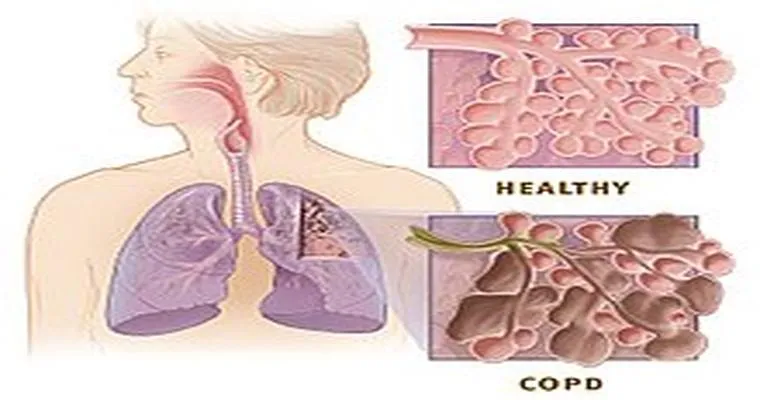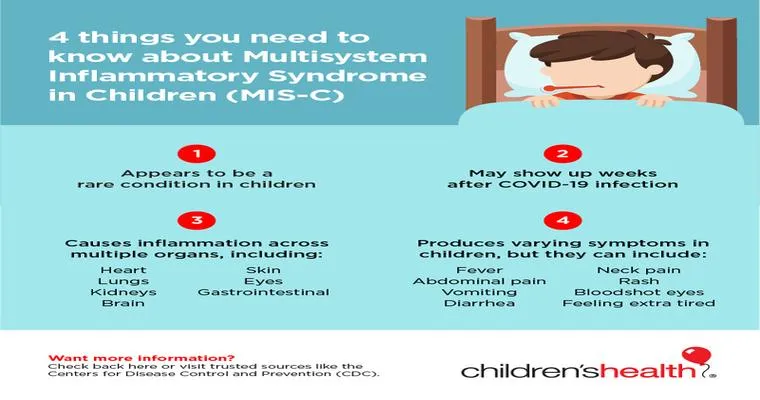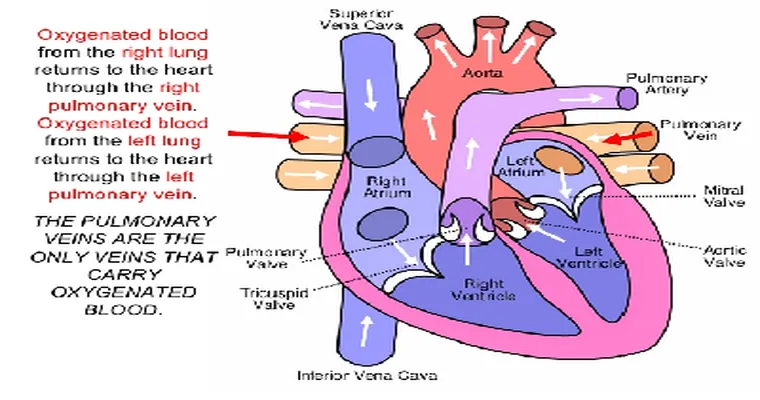Chronic Obstructive Pulmonary Disease, commonly known as "COPD", is a progressive lung disease characterized by "breathing difficulties", chronic cough, and a significant reduction in lung function. This condition primarily results from long-term exposure to irritating gases or particulate matter, most often from "cigarette smoke". Understanding COPD is crucial for early diagnosis and effective management, as it affects millions of people worldwide.
What is COPD?
COPD encompasses a group of lung diseases, primarily "chronic bronchitis" and "emphysema". Chronic bronchitis involves long-term inflammation of the airways, leading to excessive mucus production, while emphysema is characterized by the destruction of the air sacs in the lungs. Both conditions contribute to the airflow limitation that defines COPD.
Causes and Risk Factors
The leading cause of COPD is "smoking", which accounts for the majority of cases. However, other risk factors include long-term exposure to air pollutants, occupational dusts and chemicals, and genetic factors such as alpha-1 antitrypsin deficiency. Individuals with a history of frequent respiratory infections during childhood may also be at increased risk.
Symptoms of COPD
Symptoms of COPD typically develop gradually and can be easily overlooked in the early stages. Common symptoms include persistent cough, production of sputum, shortness of breath, especially during physical activities, and wheezing. As the disease progresses, these symptoms can worsen, significantly impacting the quality of life.
Diagnosis of COPD
Diagnosis of COPD involves a comprehensive evaluation, including medical history, physical examination, and lung function tests such as spirometry. Spirometry measures the amount of air a person can exhale and how quickly, helping to determine the severity of the disease.
Treatment Options
While there is no cure for COPD, various treatment options can help manage symptoms and improve quality of life. These include:
1. "Medications": Bronchodilators and inhaled corticosteroids are commonly prescribed to reduce inflammation and open airways.
2. "Pulmonary Rehabilitation": This program involves exercise training, nutritional advice, and education to help patients manage their condition more effectively.
3. "Oxygen Therapy": For those with severe COPD, oxygen therapy can help improve oxygen levels in the blood.
4. "Surgery": In some cases, surgical options like lung volume reduction surgery or lung transplantation may be considered.
Prevention and Lifestyle Changes
Preventing COPD primarily involves avoiding risk factors, particularly smoking. Quitting smoking at any age can significantly slow the progression of the disease. Additionally, staying active, maintaining a healthy diet, and avoiding exposure to pollutants can further support lung health.
Conclusion
COPD is a serious, chronic lung condition that can greatly affect individuals' lives. Early diagnosis and proactive management can lead to better outcomes and improved quality of life. By understanding the causes, symptoms, and treatment options available, individuals can take significant steps toward managing their health effectively. If you or someone you know is experiencing symptoms of COPD, it is essential to seek medical advice promptly.





